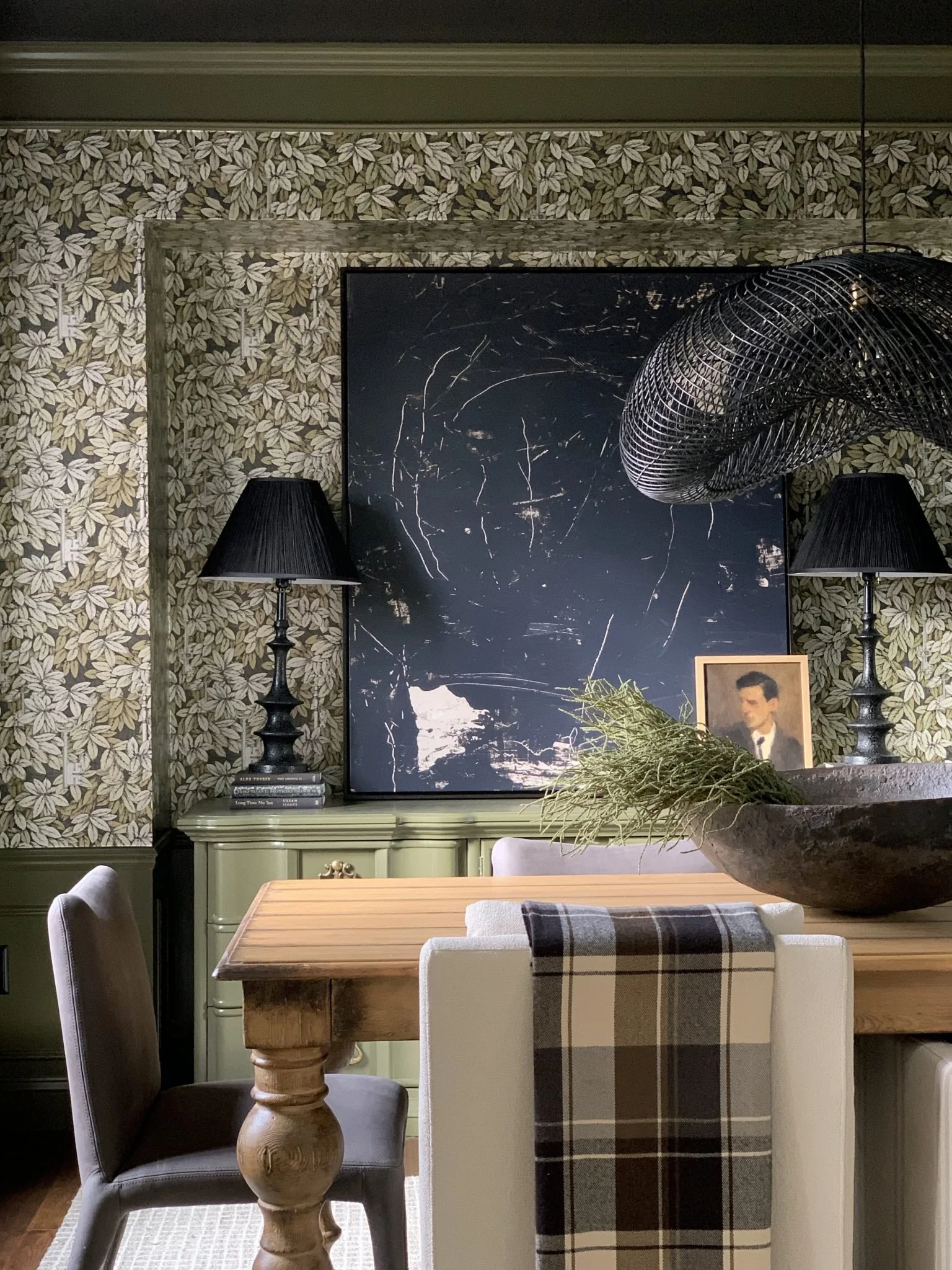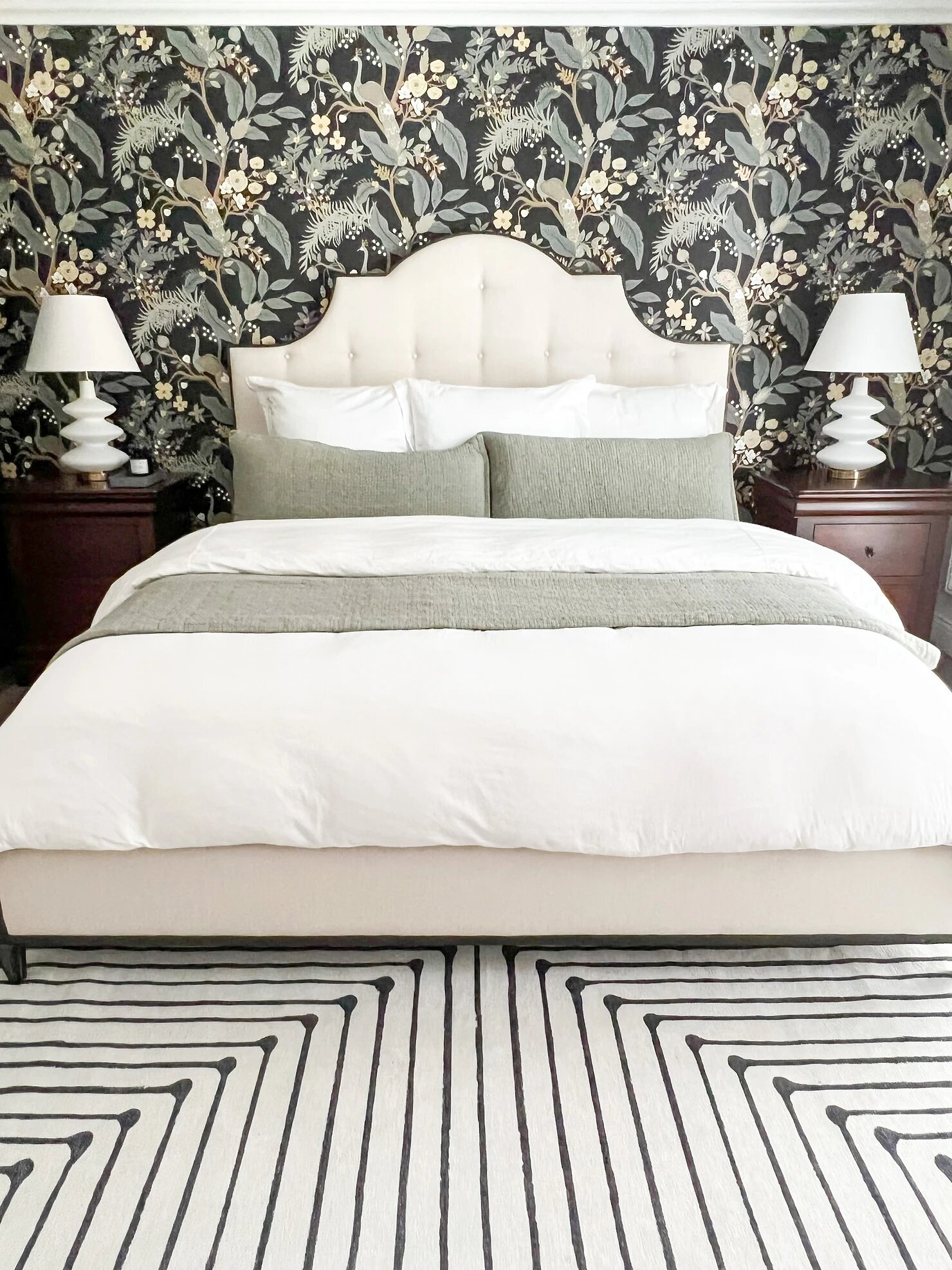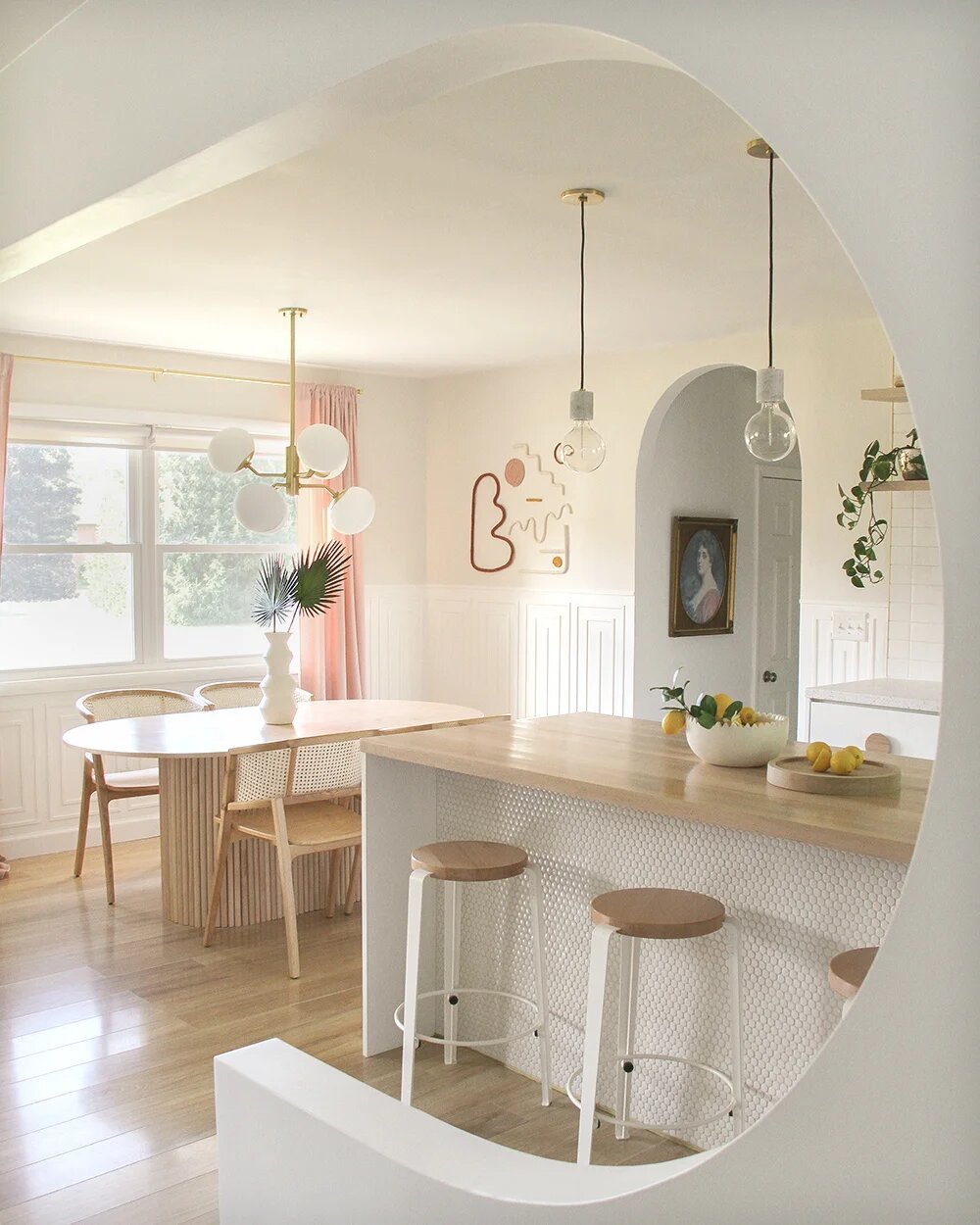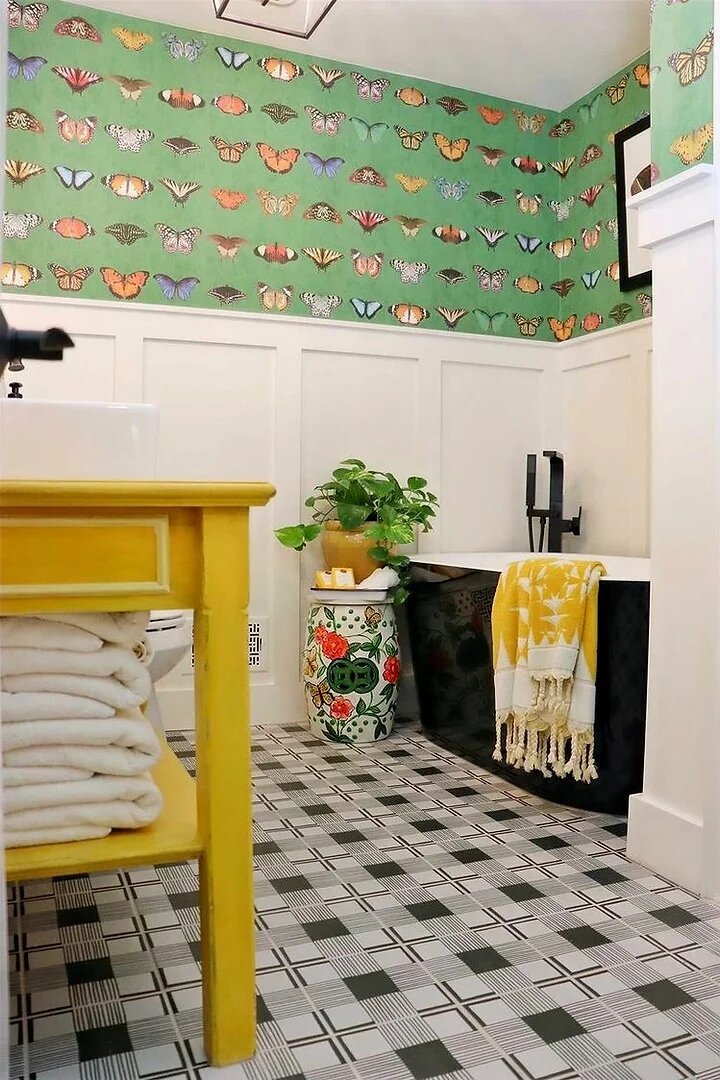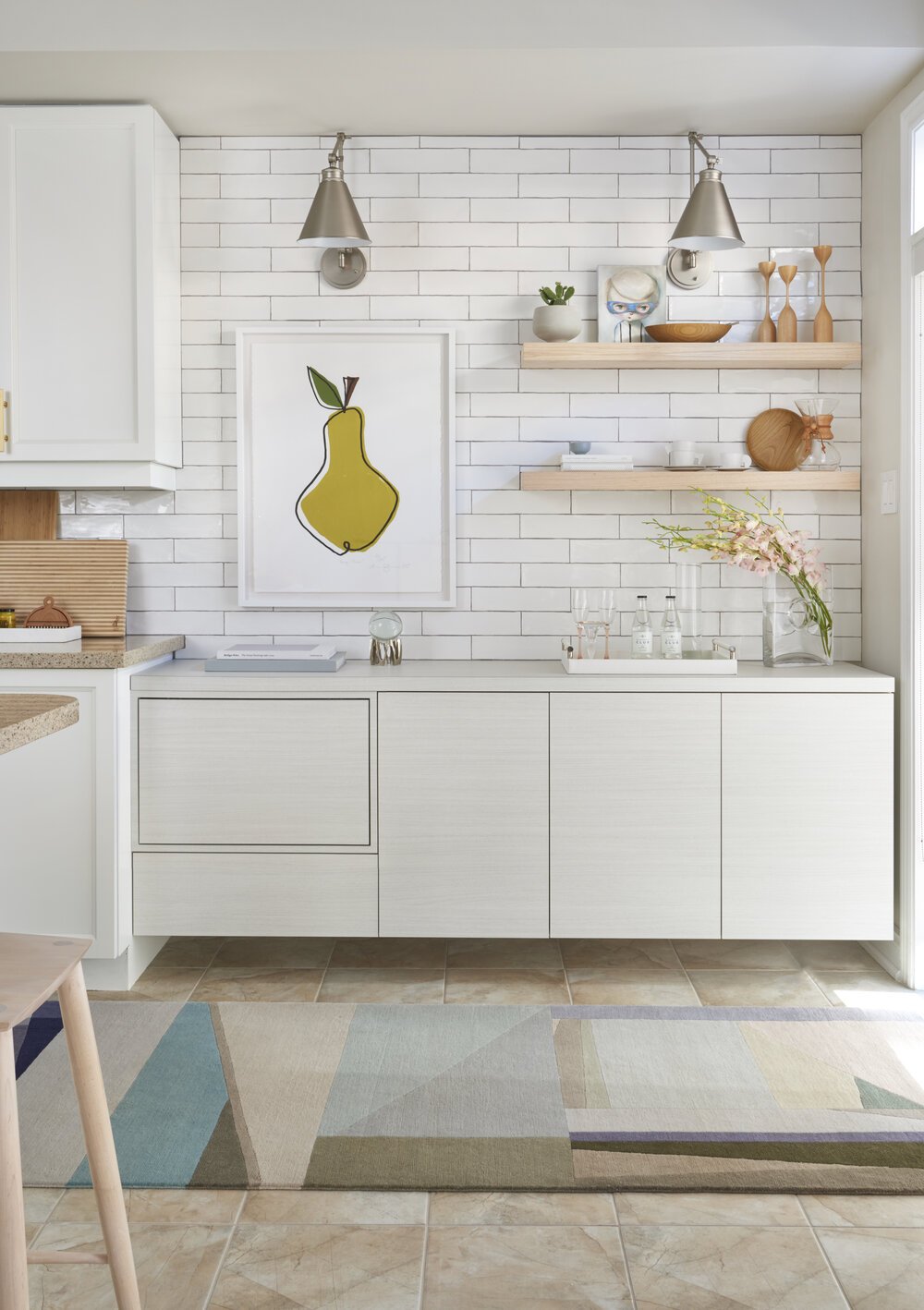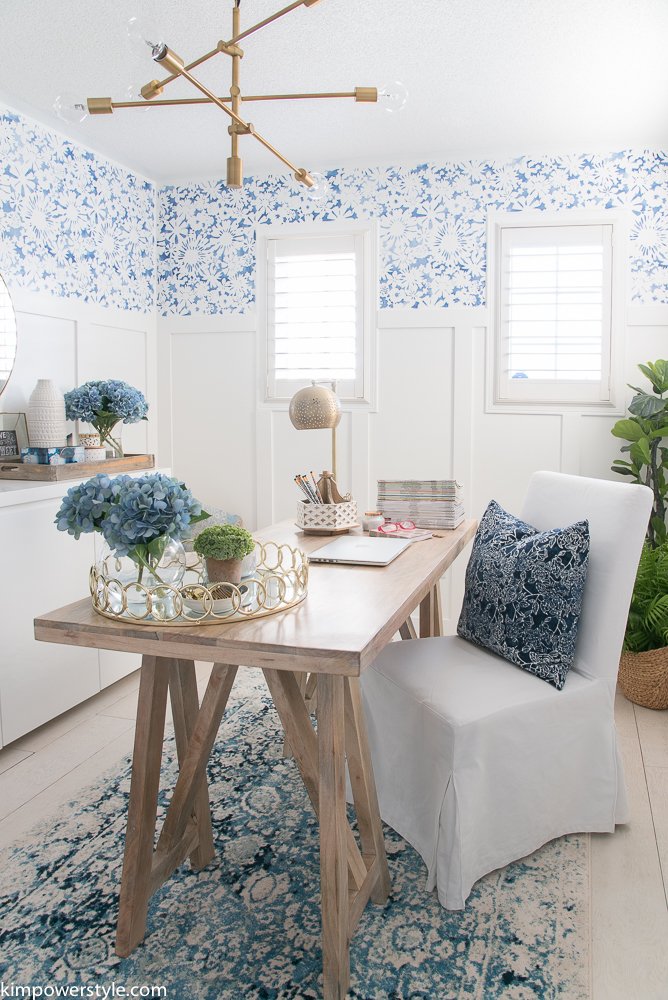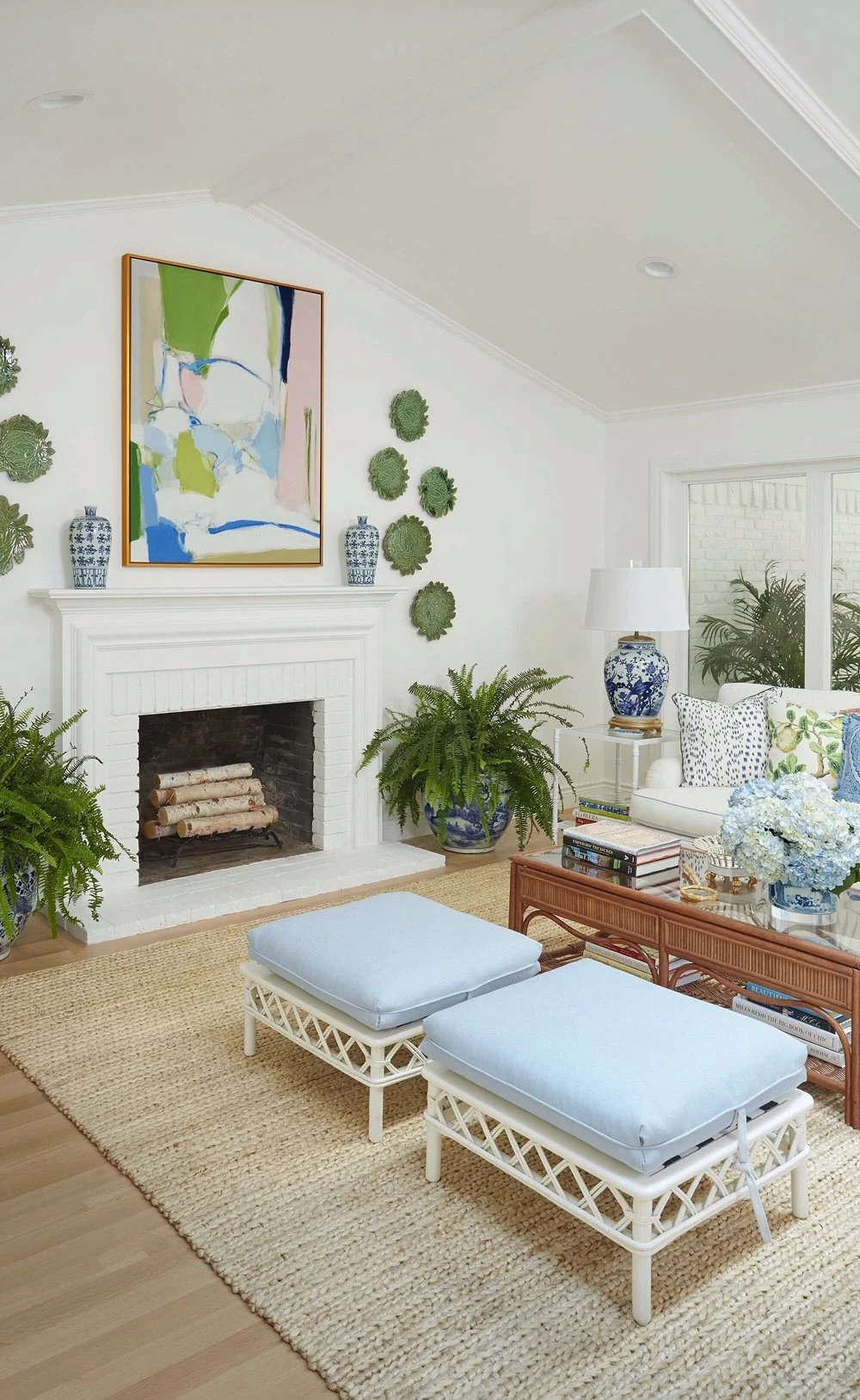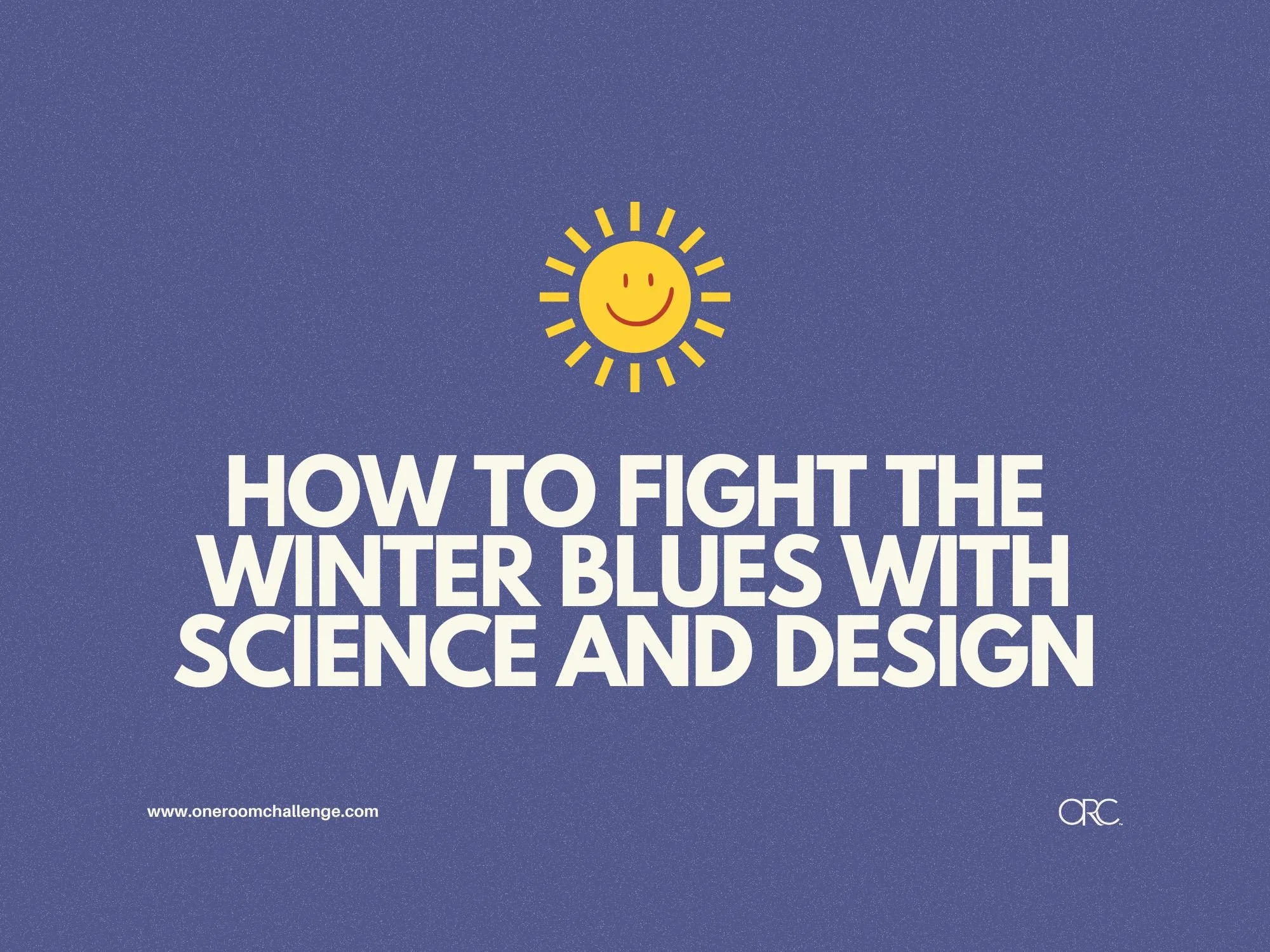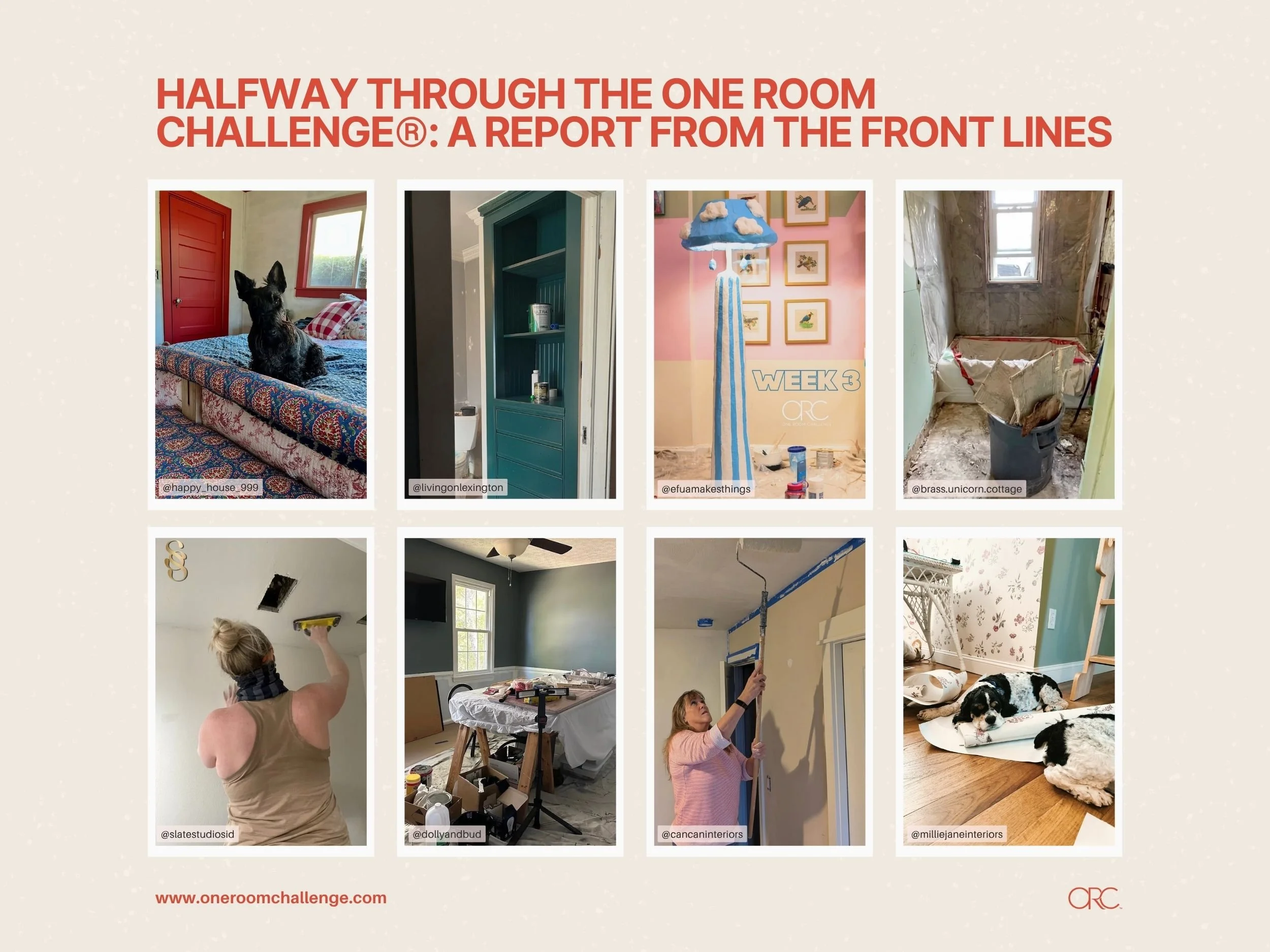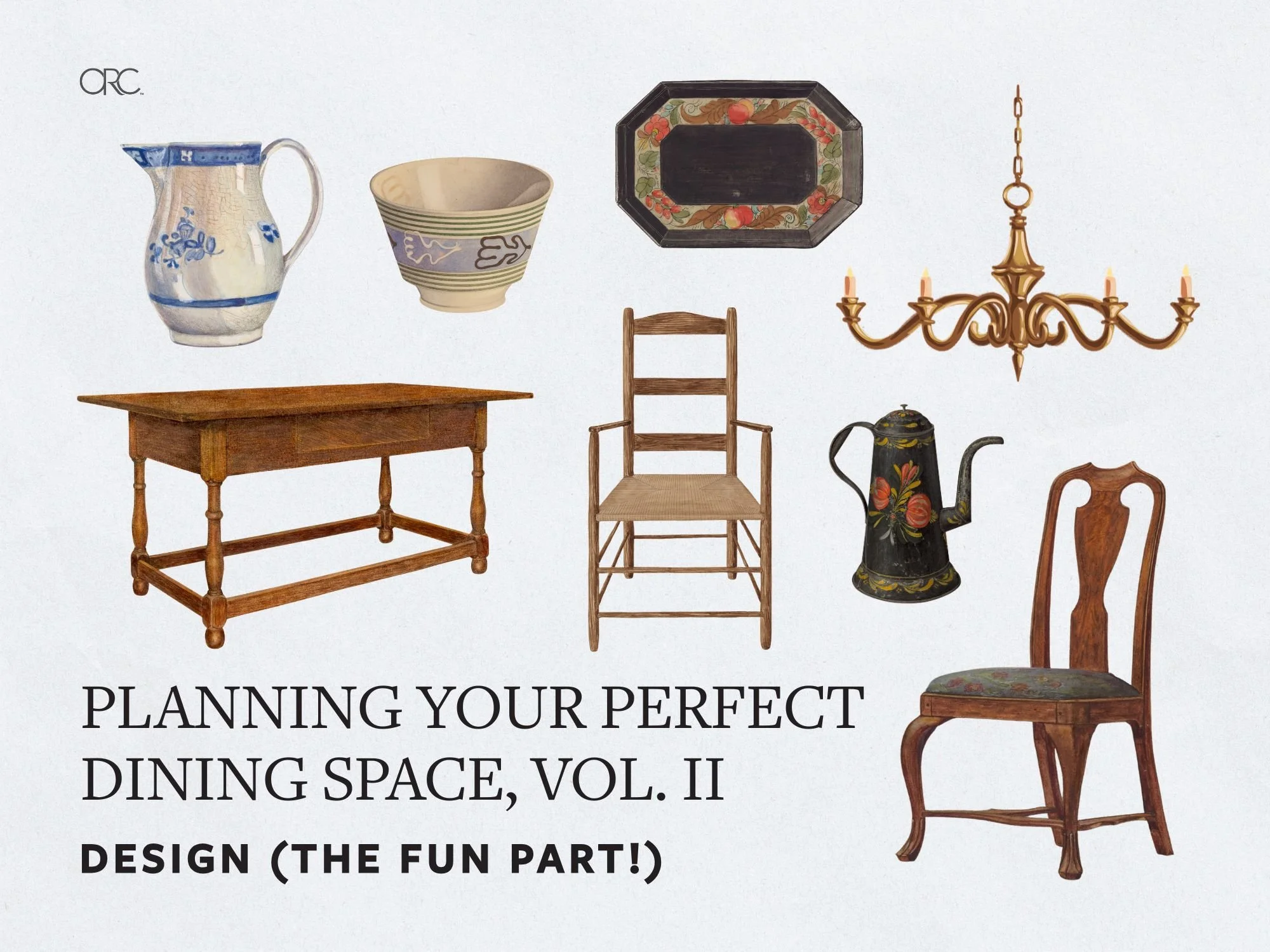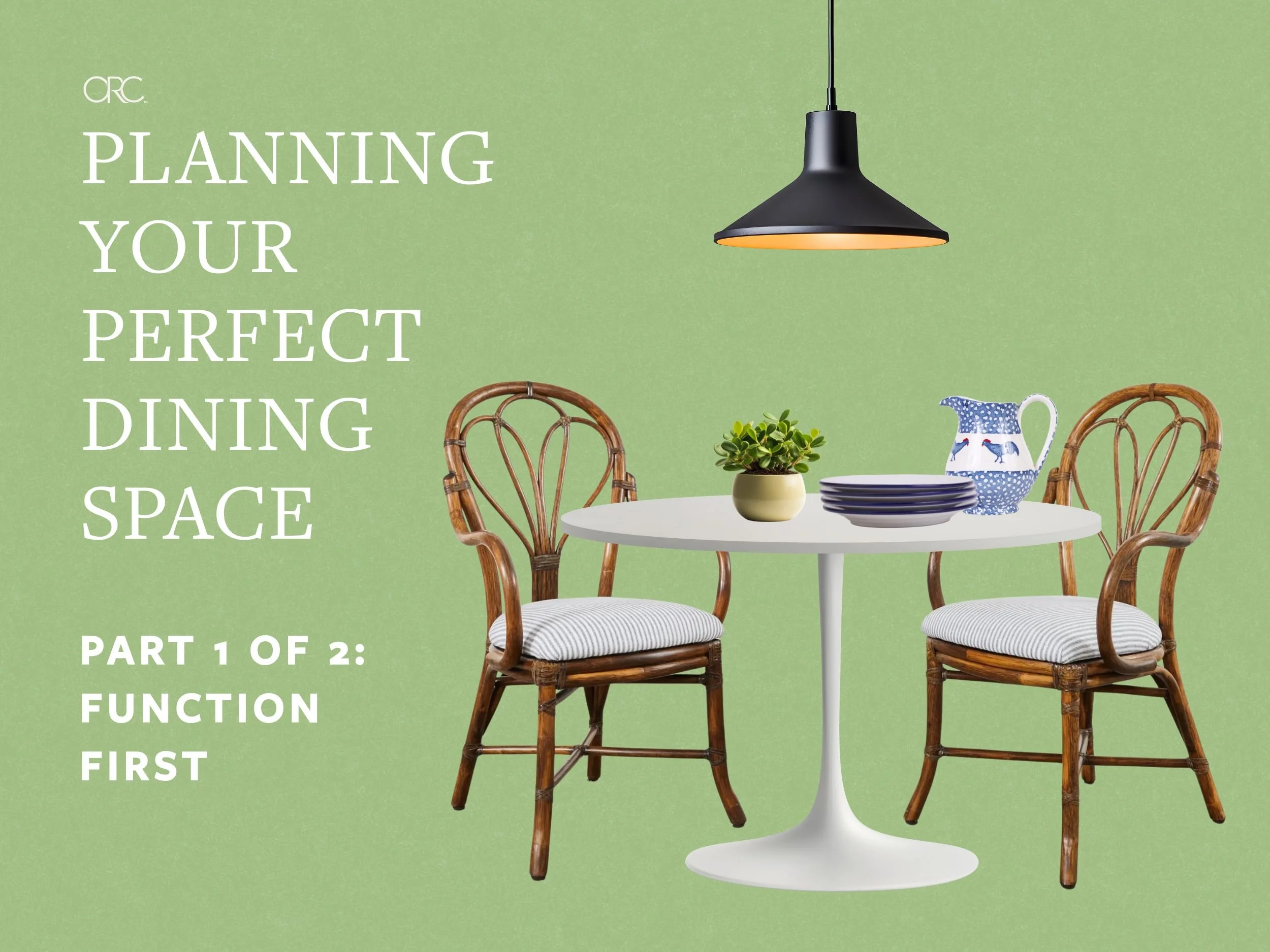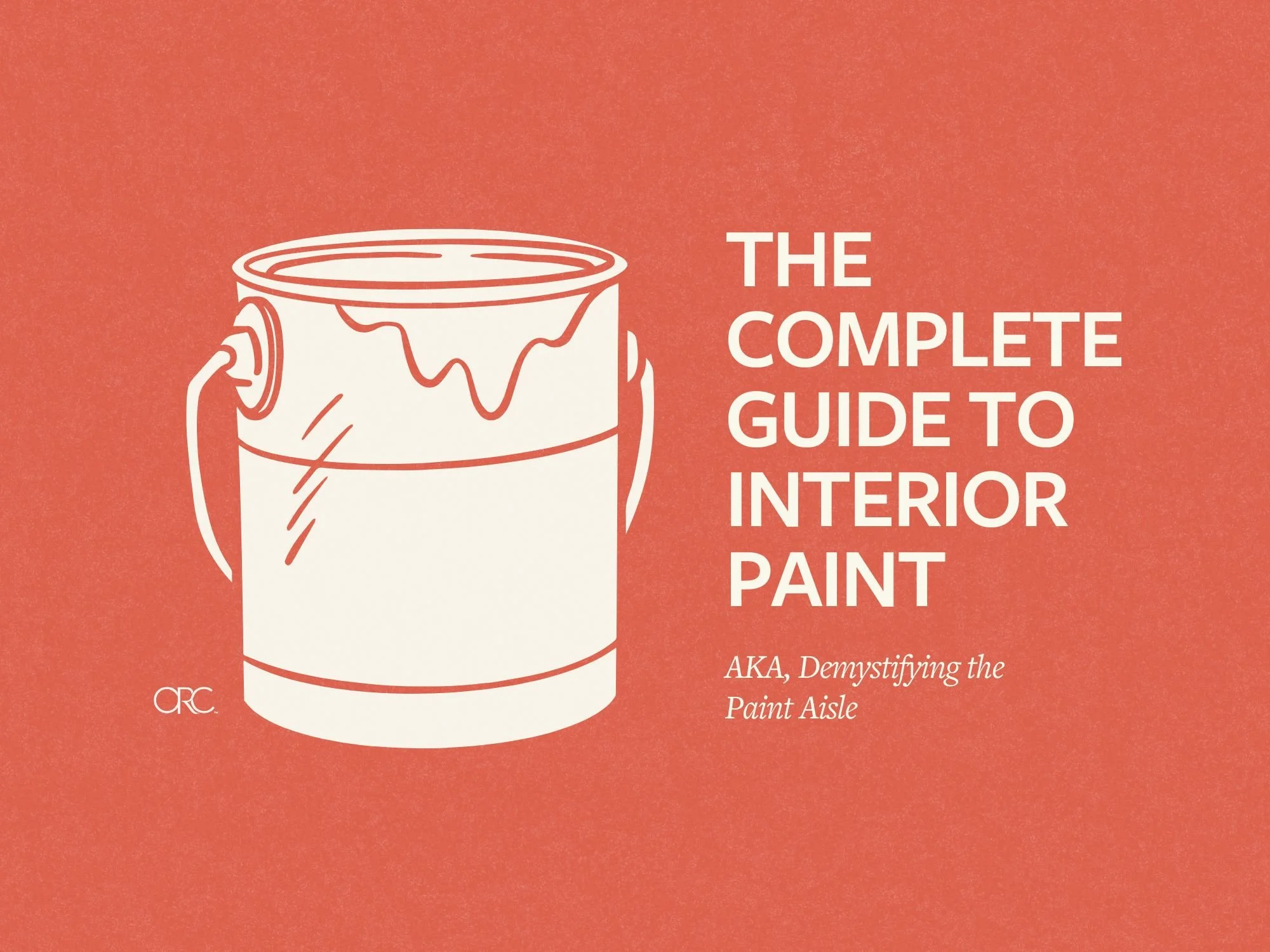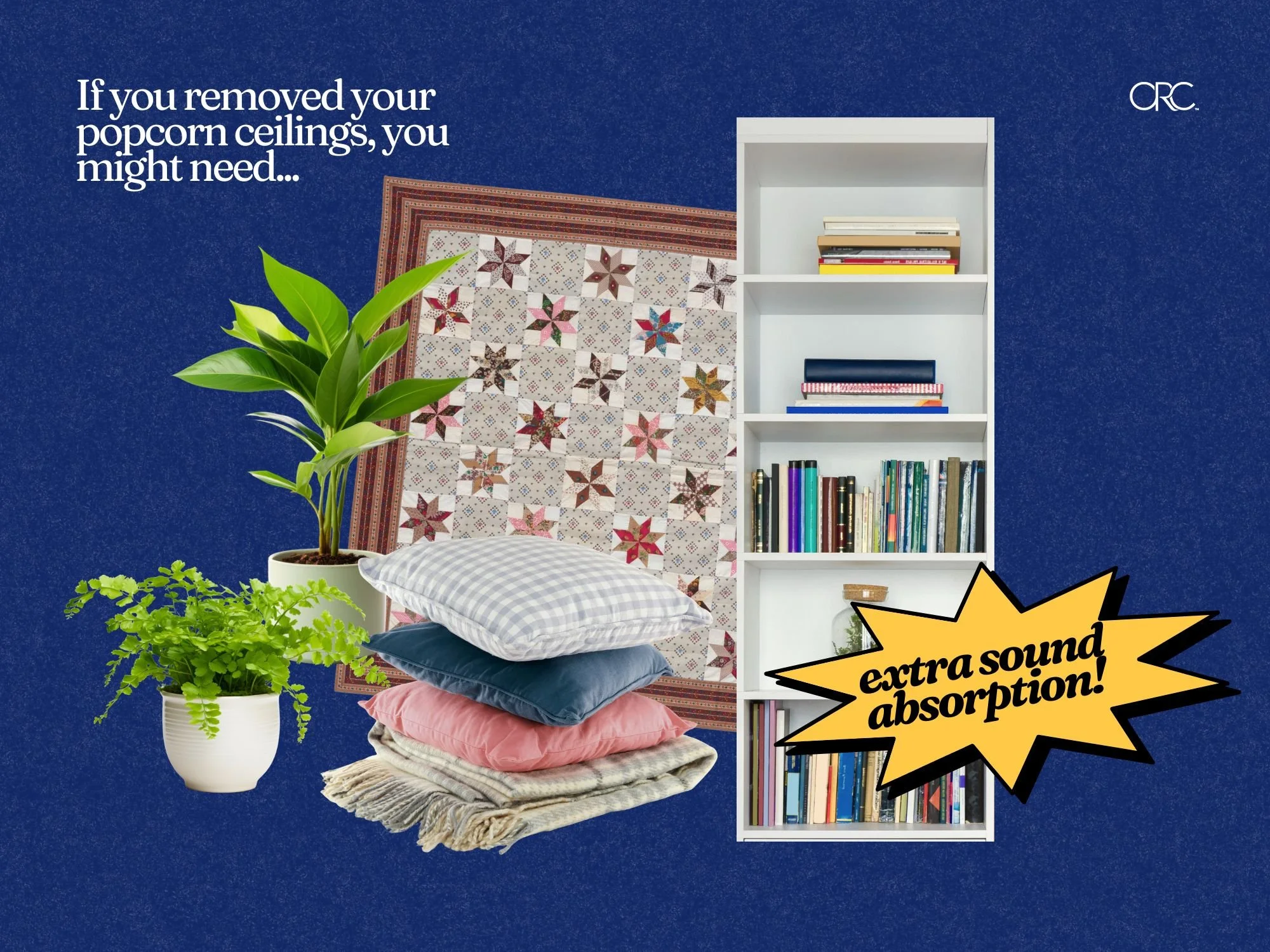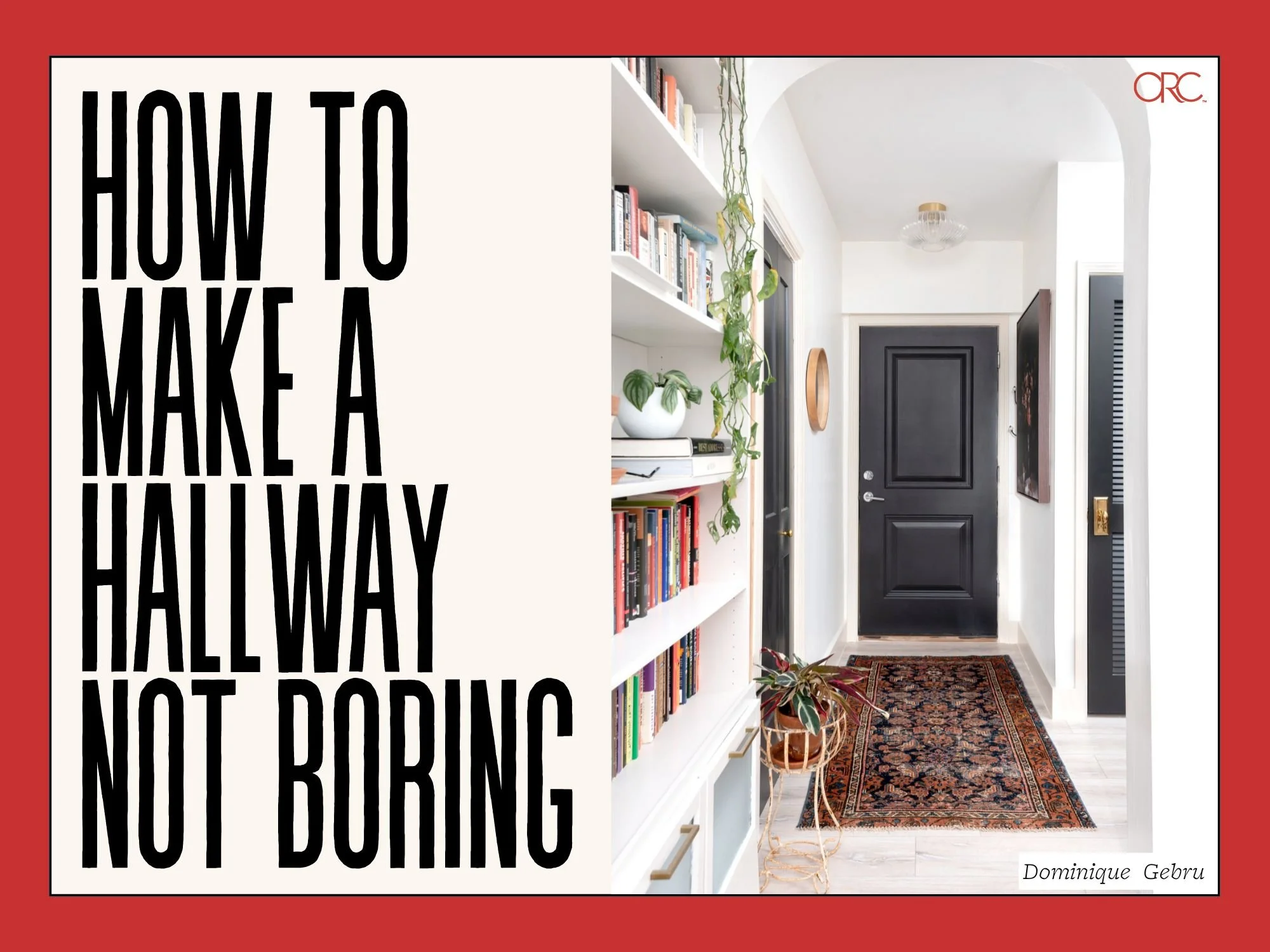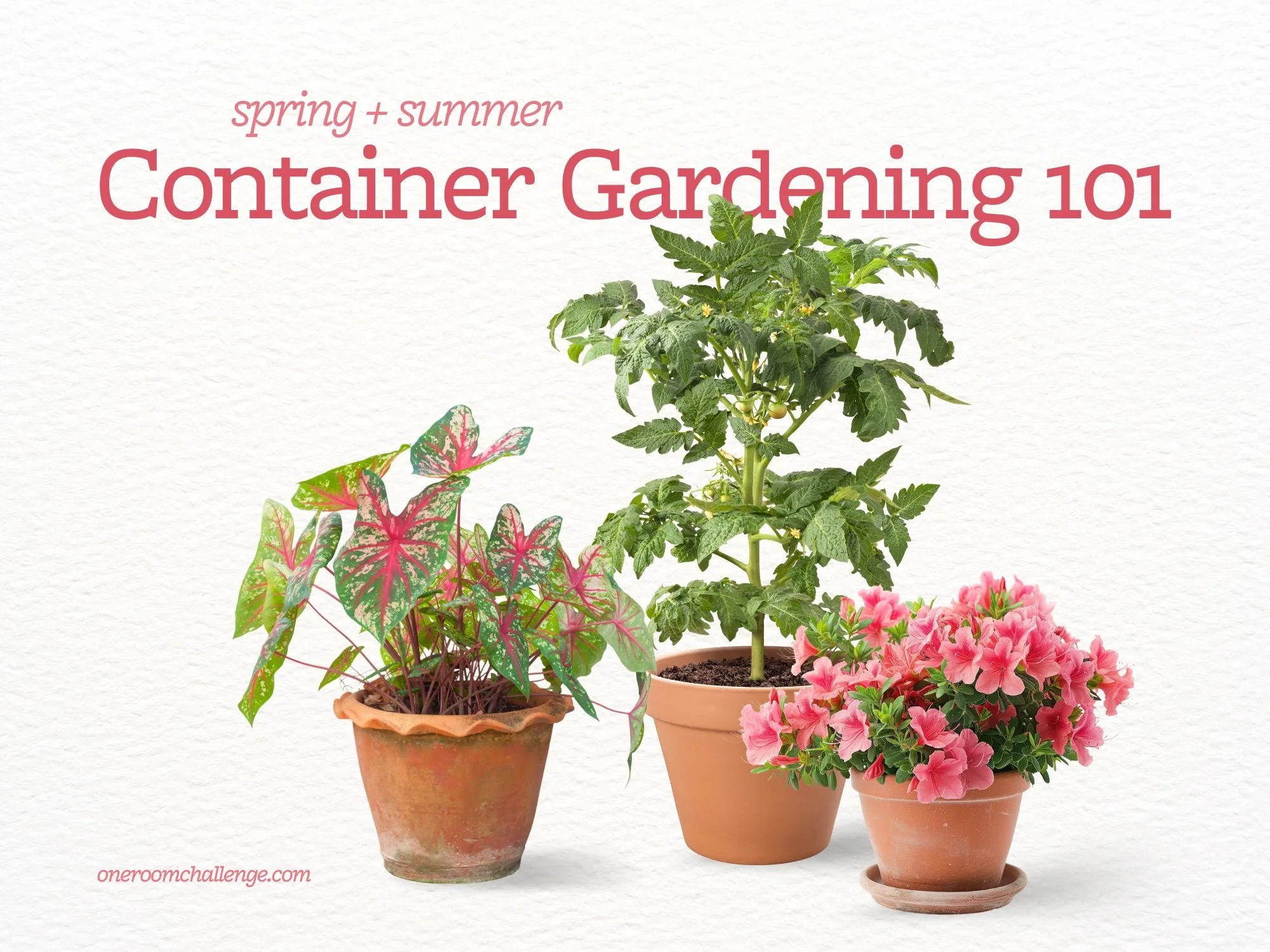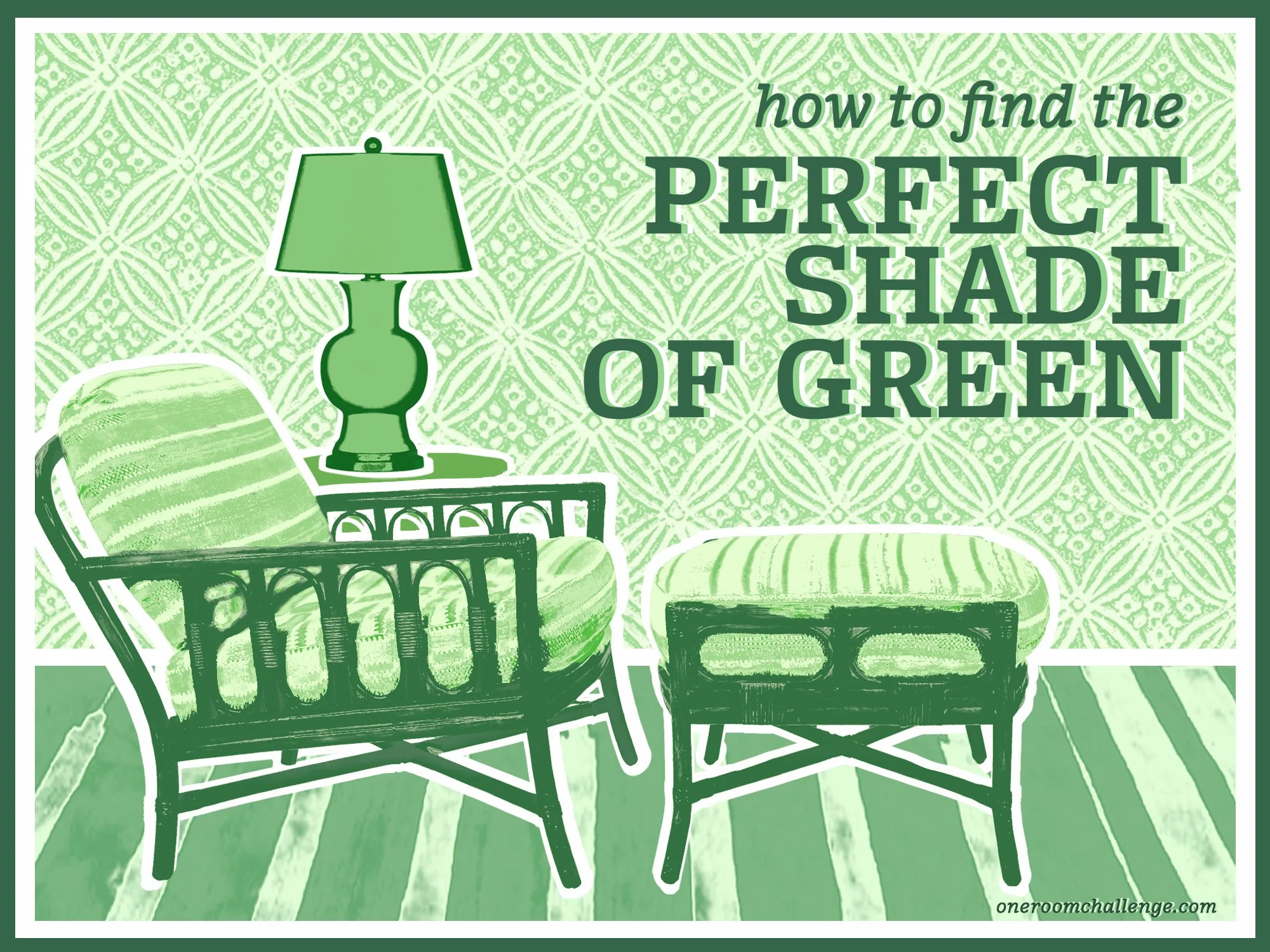What Is Biophilic Design?
DESIGN
STORY BY VIRGINIA BESHEARS
Whether you’ve known it or not, there’s a good chance you’ve used biophilic design principles in your home before.
Biophilic design is an approach to architecture and interior design that incorporates elements of nature. It seeks to bring aspects of the outdoors like natural light, plants, and natural materials into indoor spaces.
Although it’s been popping up in trend forecasts for 2024, biophilic design isn't just a trend; it's here to stay. It's about more than just style—it seeks to create spaces that prioritize human comfort and mental well-being, and it’s grounded in science.
In fact, the theory that we might have a biological need to connect with nature first started gaining traction in the 80s. Research has shown again and again that exposure to nature has direct effects on our mental and physical wellbeing, like lowering blood pressure or improving air quality (if you’re interested in the science part of biophilic design, check out this article from the NIH library).
Below are some wonderful examples of biophilic design from past ORC projects, plus more info about how biophilic design works and how you can use it in your home.
Direct experience of nature
Direct experience & indirect experience are the two categories natural elements fall into within indoor spaces.
Direct experience includes any literal natural elements in the space, like natural light, air, water, plants, animals, fire, and even the view from the window.
Fun fact—this is why so many doctor’s and dentist’s offices have fish tanks.
Plants are by far the easiest and most economical way to bring direct experience into your home. In addition to increasing mental wellbeing, many houseplants also help filter the air around them.
VIA HANEEN'S HAVEN
Indirect experience of nature
The indirect experience category includes elements that represent nature, but aren’t necessarily nature in its original form.
This means things like paintings or photos of nature, motifs that represent things from nature, natural materials like wood and stone, earth tones (specifically subdued tones of brown, green, and blue), and naturalistic shapes.
That’s right—just the suggestion of nature in a space will improve the quality of life of its occupants.
Also, synthetic recreations of direct experiences fall into this category, like ventilation systems, daylight bulbs, and even faux plants.
Also, biophilic design is less a predefined aesthetic, and more a methodology for designing spaces that are good for us on a biological level.
There’s no “right way” to do biophilic design, and there’s no minimum or maximum requirement for the mental and physical benefits to kick in. While each of the spaces above vary wildly in style, they all have at least two biophilic elements.
You more than likely have been using principles of biophilic design in your spaces already—by doing so deliberately, with both direct and indirect experiences in mind, you can make your space look good and feel good.
VIA THE PINK PAGODA
As we get more serious about sustainability and healthy indoor living, biophilic design is becoming a mainstay of interior design at every scale. While trends come and go, this one's sticking around as an essential part of how we design spaces.
And, if you want to learn even more about biophilic design, check out this article by Stephen R. Kellert, Elizabeth F. Calabrese, or any other work by Stephen Kellert.



